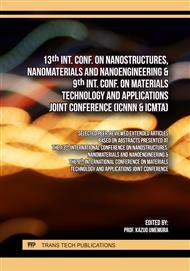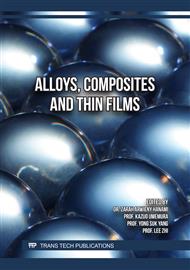p.49
p.57
p.71
p.83
p.91
p.99
p.105
p.111
p.127
Deformation Characteristics and Microstructure of Nickel-Based Alloy Combined under Compression and Torsion
Abstract:
Nickel-based superalloys are the most widely used material in aircraft engines and are characterized by high organizational sensitivity, narrow forging window, and large deformation resistance, which make their structural regulation particularly difficult. This article studies the compression-torsion composite deformation process of Inconel 718 alloy as a research object using finite element simulation and Gleeble compression-torsion deformation test to study the compression-torsion composite deformation process of thermal parameter law and organization distribution law. The results suggest that the compression and torsion distribution characteristics of the composite strain field are influenced by the compression and torsion ratio, and the compression and torsion adjustments can achieve a more uniform strain distribution field. The stress-strain curve of compression-torsion deformation represents obvious work-hardening and dynamic softening stages, and the degree of softening is larger than that of pure compression deformation. Increasing torsional deformation can obviously improve the dynamic softening properties of the material and metal mobility, improve the deformation uniformity, reduce the deformation dead zone, reduce the central strain, and increase the edge strain. As the torsion angle increases, the proportion of substructuring in the center of the specimen increases, the proportion of substructuring at the edges decreases, and the proportion of recrystallized grains increases significantly, leading to a higher strain efficiency.
Info:
Periodical:
Pages:
127-139
Citation:
Online since:
March 2025
Authors:
Price:
Сopyright:
© 2025 Trans Tech Publications Ltd. All Rights Reserved
Share:
Citation:



